The Black Death is the name of an epidemic that broke out in the 14th century. The Black Death, in the form of the bubonic plague, killed many millions of people. The disease spread and progressed very quickly, causing highly unpleasant symptoms. Numerous reports from the first significant plague epidemic indicated that the disease had various forms. The cause of the Black Death was a bacterium that animals carried.
The discovery of the cause of the disease and the development of an effective antidote in the form of a plague serum. Today, plague is almost non-existent and not a threat. Medical advances have brought the disease under control, and mass vaccination against the disease is occurring in affected countries. However, it is essential to be vigilant, as contracting the plague is very low but possible nowadays. If you notice worrying symptoms in yourself, it is necessary to seek medical help.

Infectious diseases have been known to humans for centuries, and epidemics used to happen more frequently, with sometimes disastrous consequences. Undeveloped medicine meant people needed to learn how to deal with diseases, the causes, or how they were spread. Due to this lack of knowledge, an epidemic called the Black Death occurred several hundred years ago. It is suspected that the plague, which was the cause of the epidemic, was already present in antiquity and the Middle Ages.
The first significant plague epidemic broke out in the Byzantine Empire. From there, it spread to other parts of the world, including Europe. In the 14th century, a second epidemic broke out, the impact of which was enormous. The second plague epidemic lasted four years and claimed over 25 million![]() lives in Europe. The disease spread rapidly in those days, which resulted in social disorganization and mass panic. Three significant outbreaks of the Black Death are known.
lives in Europe. The disease spread rapidly in those days, which resulted in social disorganization and mass panic. Three significant outbreaks of the Black Death are known.
The third plague pandemic occurred in the 19th century and claimed millions of human lives in Asia and Australia. The epidemic started in China and then spread to all populated continents. At this point, people began considering how to combat the disease internationally. We now know that plague is a highly contagious bacterial disease. Yersinia pestis![]() bacilli of the genus Enterobacteriaceae cause it. The discovery was made by the French physician Alexandre Yersin, who first described the bacterium in 1894. As a result, an effective antidote could be developed, and today, the plague no longer causes such a threat.
bacilli of the genus Enterobacteriaceae cause it. The discovery was made by the French physician Alexandre Yersin, who first described the bacterium in 1894. As a result, an effective antidote could be developed, and today, the plague no longer causes such a threat.
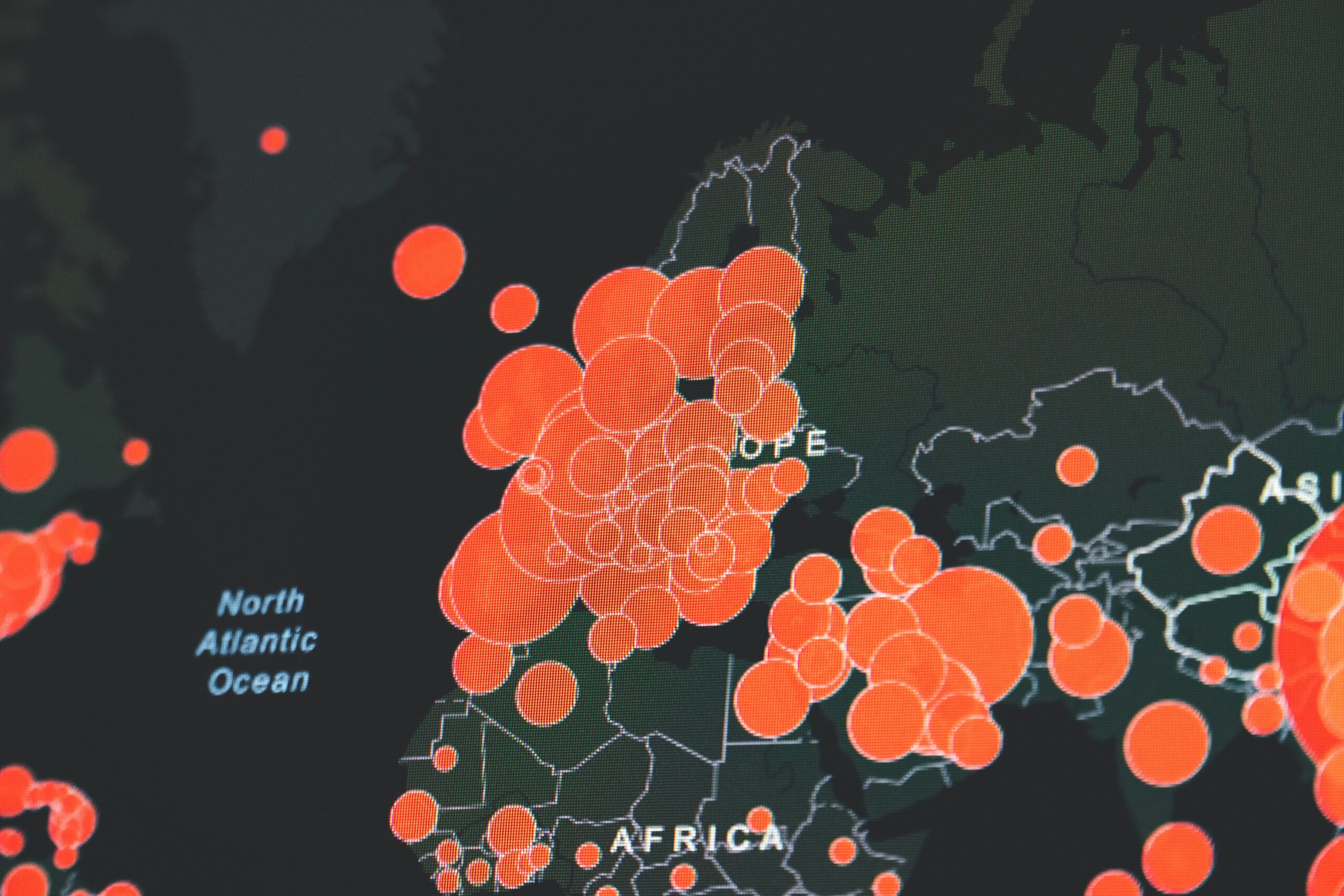
The cause of the Black Death is known to have been the Yersinia pestis bacterium, which spread rapidly through society. Poor hygiene and lack of education further encouraged the transmission of pathogens. How could the plague have been contracted during the Black Death?
The fleas![]() that lived in the rats' fur were the leading cause of the spread of the disease. Rats and rodents are tiny animals that do not physically threaten humans but can be carriers of bacteria and pathogens. Therefore, rats carrying various diseases were thought to be the leading cause of the plague for a long time. However, recent reports by scientists say otherwise. Scientists at the University of Oslo speculate that rats were not responsible for spreading the plague epidemic that prevailed in Europe. Recent studies suggest that human fleas and lice are responsible.
that lived in the rats' fur were the leading cause of the spread of the disease. Rats and rodents are tiny animals that do not physically threaten humans but can be carriers of bacteria and pathogens. Therefore, rats carrying various diseases were thought to be the leading cause of the plague for a long time. However, recent reports by scientists say otherwise. Scientists at the University of Oslo speculate that rats were not responsible for spreading the plague epidemic that prevailed in Europe. Recent studies suggest that human fleas and lice are responsible.
Given the theory that the plague was spread mainly by rats, it is also likely that the cereal trade was another factor favoring the transmission of the bacteria. Rats often colonized places where food was stored. They easily congregated on ships that transported cereals and other goods between countries. This may have contributed to the rapid spread of the disease to other countries. According to a more recent theory, which states that fleas and lice on humans were responsible for the plague, trade may have increased the risk of infection in the same way, in addition to the travel and migration of people to other countries.
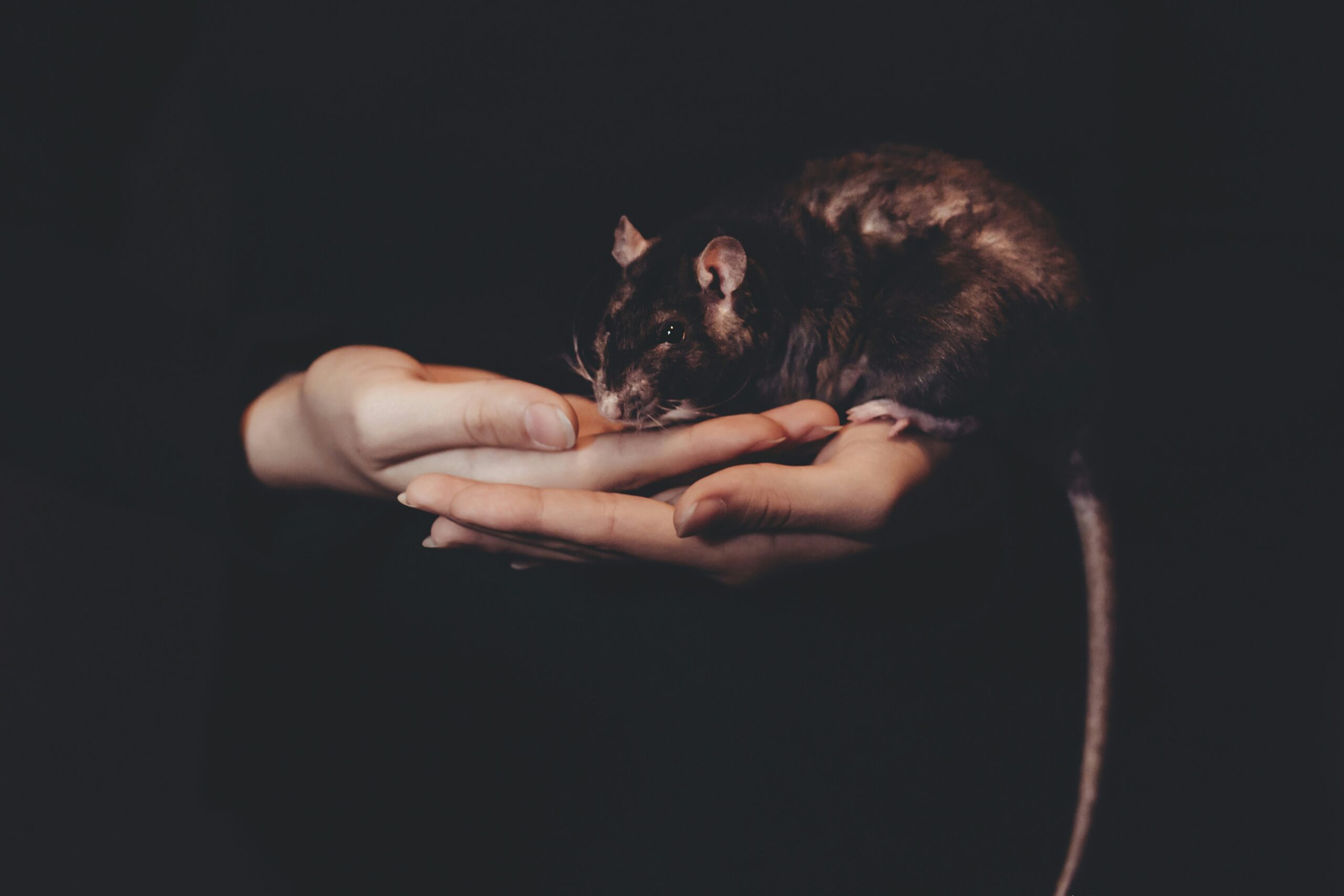
The pathogenic agent is Yersinia pestis bacteria, gram-negative bacilli that thrive in high temperatures but are sensitive to routinely used disinfectants and sunlight. Black Death disease has taken various forms. The most common include the following types of plague:
The most common type of plague has characteristic symptoms. The disease usually begins with a very high fever. Bacteria quickly project into the body and multiply in the lymph nodes. This process causes the specific symptoms that were observed in victims during the Black Death epidemic. Untreated bubonic plague already causes the death of the patient within a week. The infection is very intense, which was feared during the outbreaks due to the lack of a discernible cause of the disease.
Septicemic plague is rare, comprising 10% to 15%![]() of disease cases. As the name suggests, it involved a condition where the plague bacteria entered the blood. This dangerous process caused specific symptoms. High bacteremia leads to a systemic infection, resulting in the formation of bacterial microemboli in the blood vessels of various body parts, resulting in tissue necrosis.
of disease cases. As the name suggests, it involved a condition where the plague bacteria entered the blood. This dangerous process caused specific symptoms. High bacteremia leads to a systemic infection, resulting in the formation of bacterial microemboli in the blood vessels of various body parts, resulting in tissue necrosis.
The rarest form of the Black Death was the pneumonic plague, which the droplet route much more easily transmits. This subtype of plague is highly dangerous and quickly leads to death. In addition, it initially gives non-specific symptoms, progressing to a purulent, frothy, and bloody cough. The disease, therefore, quickly involves the lungs, and the blood-stained sputum is highly infectious.
Due to the type of plague, symptoms can vary. However, the general clinical picture of the plague was characteristic. Due to its symptoms, the disease has been called the “Black Death .”The plague develops exceptionally quickly and is highly contagious. In epidemic times, death occurred just a few days after the onset of symptoms. Symptoms of plague include:

Initially, the plague may have produced uncharacteristic symptoms such as high fever, weakness, and various pains. Muscle aches, sore throat, headache, and abdominal labo lungs may have been present. The bubonic plague was the most insidious form of the disease, as it could initially run asymptomatically. However, the course of the plague was usually very severe, and the beginning of the disease was characterized by significant pain and agony for the patients.
Various types of blood-related symptoms could occur during the plague. Skin lesions may have been bleeding. The pneumonic plague was characterized by coughing and spitting up blood or even vomiting blood. There were also hemorrhagic fevers, during which symptoms such as very severe abdominal pain, blood spitting, and blood-soaked eyes were reported.
Skin symptoms characterized the victims of the Black Death. The developing plague caused burning blisters on the skin. The pus-filled blisters would fester, and patients would succumb to the overwhelming infection. Tissue necrosis could cause the tissues of the fingers or nose to turn black, where the name Black Death originated. The necrosis could affect tissues and organs, and death followed quickly.
Another characteristic symptom of plague is enlarged lymph nodes. Bacteria develop in the lymph nodes, causing painful and large swellings. The nodules even grow to the size of a chicken egg. The lymph nodes often enlarge in areas such as the neck and groin.
At the time of the epidemic, no practical method of treating the plague was known, so there was a mass death of the population. In the 14th century, people had various theories about the cause of the plague. As the cause was invisible, people suggested that the plague was caused by polluted air.
Hence, one can recognize the peculiar dress of doctors in those days, who wore masks![]() resembling birds' beaks. Long black masks with beaks contained intensely scented herbs to protect against the plague air but also to mask the fetor of decaying corpses. In addition, people used flowers, herbs, and different kinds of fragrant substances to fight the disease, and scented wood and incense were burned. These methods of treatment were unfortunately unsuccessful.
resembling birds' beaks. Long black masks with beaks contained intensely scented herbs to protect against the plague air but also to mask the fetor of decaying corpses. In addition, people used flowers, herbs, and different kinds of fragrant substances to fight the disease, and scented wood and incense were burned. These methods of treatment were unfortunately unsuccessful.
Today, plague is no longer so familiar, but observing symptoms in yourself, particularly enlarged lymph nodes, should result in contacting your doctor as soon as possible. It is essential for travelers at greater risk of various types of disease. Laboratory tests can identify bacterial strains very quickly. The mortality rate is very high for untreated plague. Early recognition of the plague is critical. Treatment is mainly with antibiotic therapy.

Once plague is diagnosed, prompt administration of effective antibiotics is essential. In this case, time is of the essence, as too late administration of the drugs can result in the death of the patient. The Y. pestis bacteria are sensitive to various substances. Streptomycin is often used. Pregnant women and children can also use this type of antibiotic. However, there are multi-drug resistant (MDR)![]() strains that are difficult to treat. However, these are only found in Madagascar. Most cases of plague (Black Death) can now be successfully treated with effective antibiotics.
strains that are difficult to treat. However, these are only found in Madagascar. Most cases of plague (Black Death) can now be successfully treated with effective antibiotics.
Other therapies have also been tried to treat the plague. These include immunotherapy, bacteriocin therapy, phage therapy, and the use of inhibitors of virulence factors, among others. However, these therapies are still need to be fully explored and rarely used in clinics. The high incidence of plague in Madagascar is prompting additional measures due to drug-resistant bacteria. Immunotherapy![]() has recently been accepted as an adjunct to treating infectious diseases. Potential immunotherapies may be effective therapeutic agents for antibiotic-resistant plague. However, further work and clinical trials on the safety of the new therapies will be needed to determine the dosing regimen.
has recently been accepted as an adjunct to treating infectious diseases. Potential immunotherapies may be effective therapeutic agents for antibiotic-resistant plague. However, further work and clinical trials on the safety of the new therapies will be needed to determine the dosing regimen.
Today, ways to prevent plague are known, easy, and effective. Due to the use of safety rules, if there are cases of plague, it is not widely spreading. However, there is still no vaccine against plague in the general population. Only in some countries is an attenuated vaccine used.

A live attenuated vaccine![]() is used in countries such as China and Russia. In addition, a formalin-killed whole-cell vaccine was used in the past. However, it was withdrawn because it only protected against the bubonic plague, which did not affect all Yersinia pestis infections. Currently, research continues with the goal of producing a vaccine effective against each plague subtype.
is used in countries such as China and Russia. In addition, a formalin-killed whole-cell vaccine was used in the past. However, it was withdrawn because it only protected against the bubonic plague, which did not affect all Yersinia pestis infections. Currently, research continues with the goal of producing a vaccine effective against each plague subtype.
A recent study aims to assess plague vaccines' quantitative efficacy and long-term safety and immunogenicity. Further studies of plague vaccines are needed to obtain additional evidence of their long-term effect. However, more extended follow-up periods are required to determine plague vaccines' efficacy accurately.
Although not common, plague can cause severe consequences if safety is not taken care of. It is also worth remembering that highly harmful plague bacteria can be deliberately used in warfare. Y. pestis is an important bioterrorism agent, so care must still be taken in each case. Modern plague outbreaks are not as large and deadly as the Black Death but can still pose a threat.
The World Health Organisation (WHO)![]() has recognized plague as a recurring disease since the 1990s. Plague infection currently can occur through contact with a dead animal. There is also a theory that plague bacteria can reside in the soil. Countries such as Madagascar, Congo, and Peru are at the highest risk of contracting the plague. Various programs are now in place to protect against plague recurrence.
has recognized plague as a recurring disease since the 1990s. Plague infection currently can occur through contact with a dead animal. There is also a theory that plague bacteria can reside in the soil. Countries such as Madagascar, Congo, and Peru are at the highest risk of contracting the plague. Various programs are now in place to protect against plague recurrence.
Outbreaks in the past have repeatedly led to the deaths of myriads of people around the world. The Black Death is the term for epidemics associated with the plague, which, among other things, attacked Europe in the fourteenth century. Yersinia pestis caused the Black Death, rapidly transmitted and projected quickly, leading to severe conditions.
Plague is categorized into three types, which can differ in their symptoms. Tissue necrosis, which causes a black tinge to the skin, is characteristic. This symptom is associated with the name Black Death. The disease progresses very quickly and, if untreated, causes the death of patients. Nowadays, plagues are rare, but caution should still be exercised because of the high risk. If the plague is diagnosed quickly enough, antibiotics can cure it.
Table of Contents
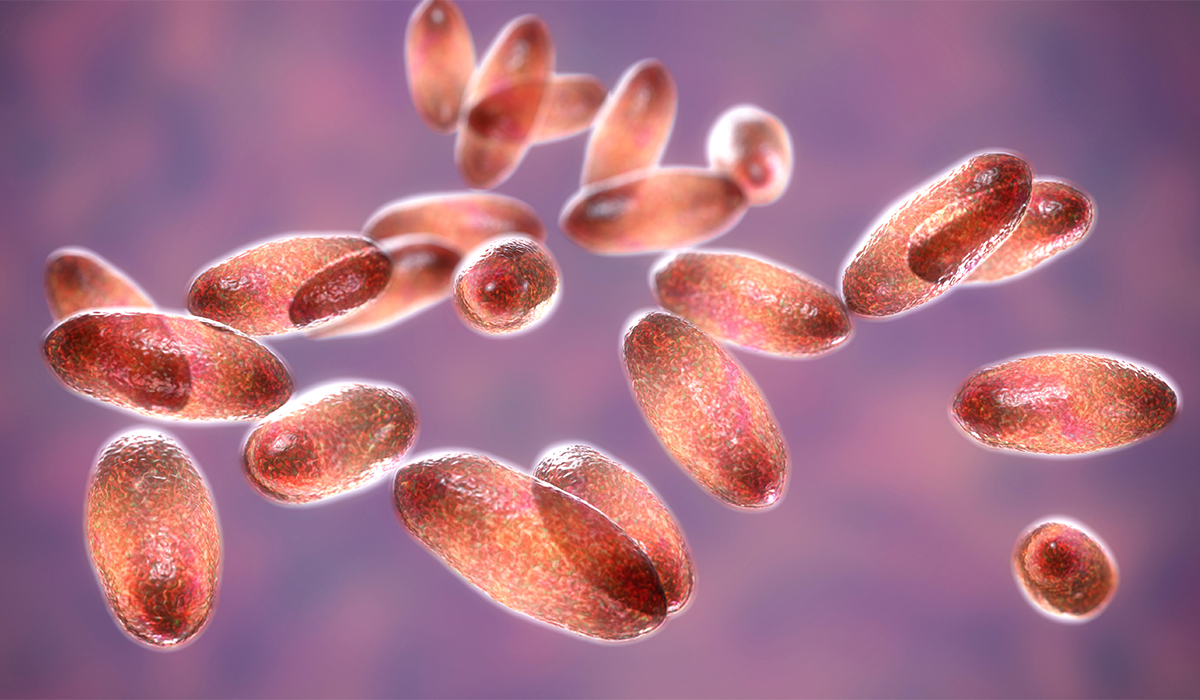
The Bubonic Plague, also known as the Black Death, is a potent disease transmitted through bacteria called Yersinia pestis. It… read more »
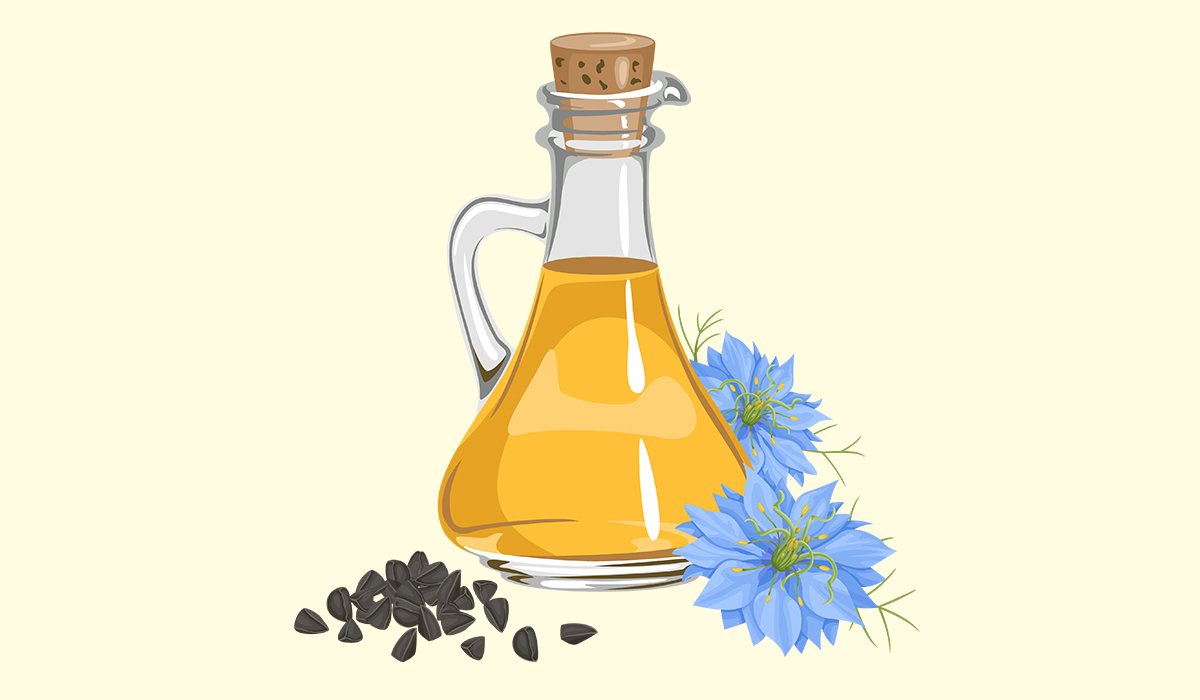
Healthier heart, lungs and kidneys. Black cumin oil is a plant product known for its many health benefits. Find out… read more »
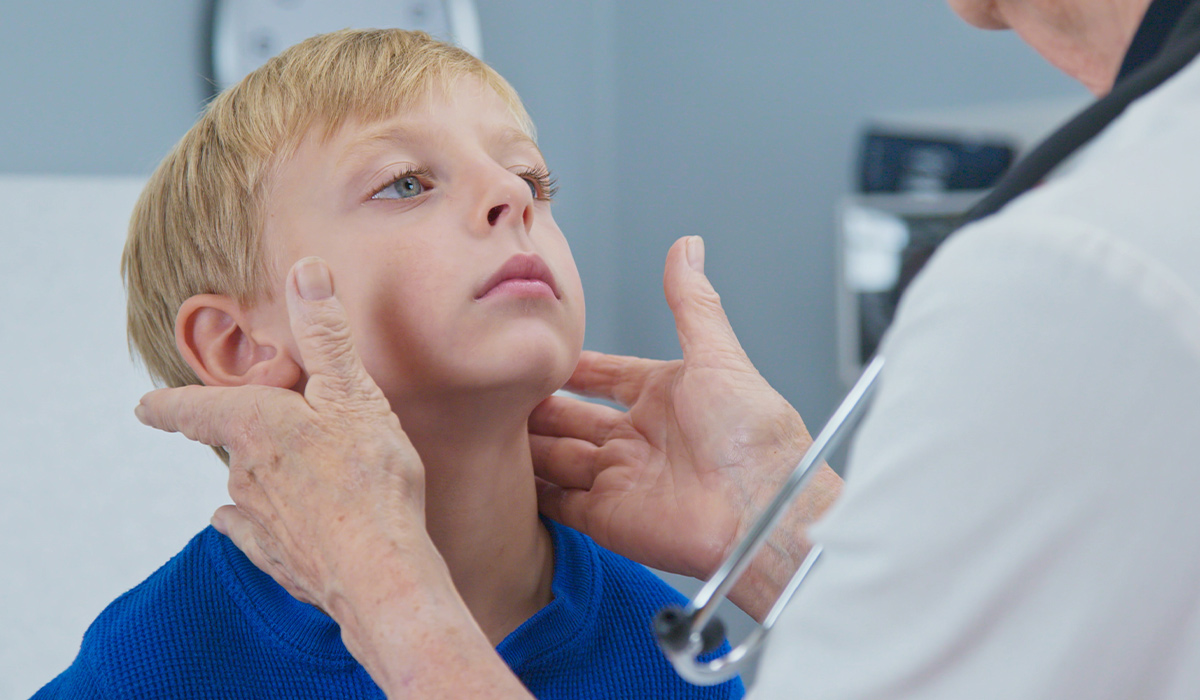
Swollen lymph nodes often occurs as a result of upper respiratory tract infections or infectious diseases. What are the symptoms?… read more »

The term typhus encompasses three main types of typhus – epidemic typhus, endemic typhus, and scrub typhus. Each one of… read more »
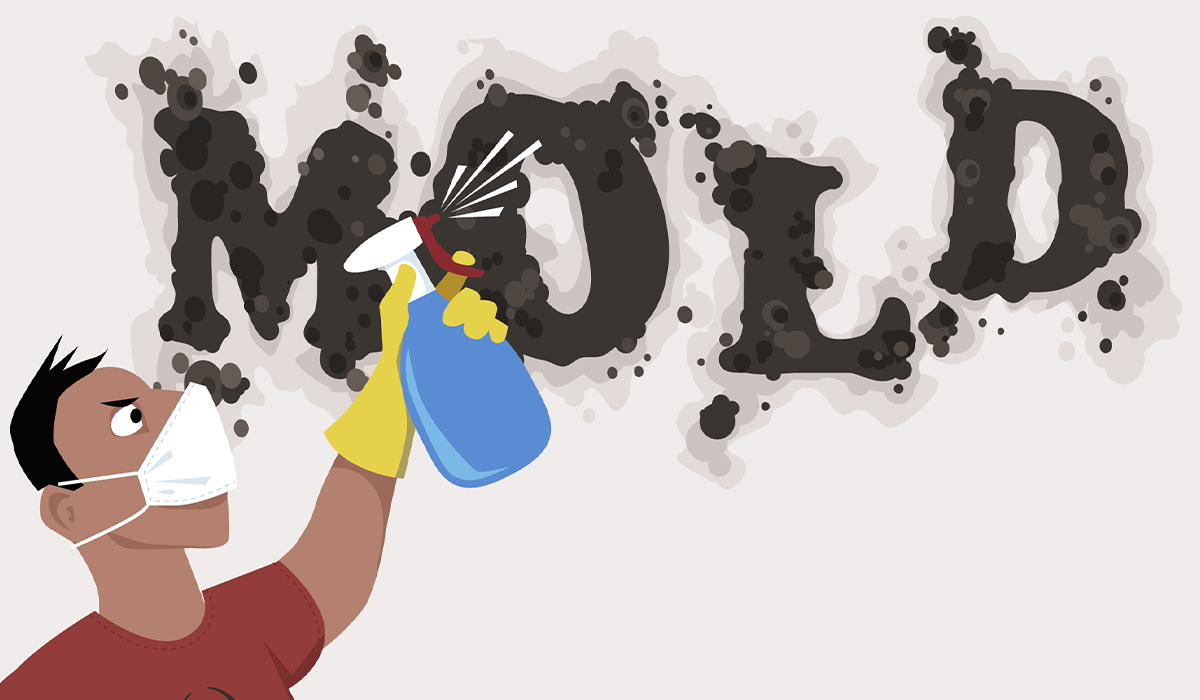
Black mold is a type of fungus that thrives in damp and humid environments. Is it dangerous for health? read more »

Tuberculosis is an infectious disease caused by mycobacteria. There are many types of tuberculosis with varying symptoms. Learn it all… read more »

The muscles of the tongue are entirely located inside the buccal cavity. Moreover, separated from upgrading our gustatory recognition, it… read more »
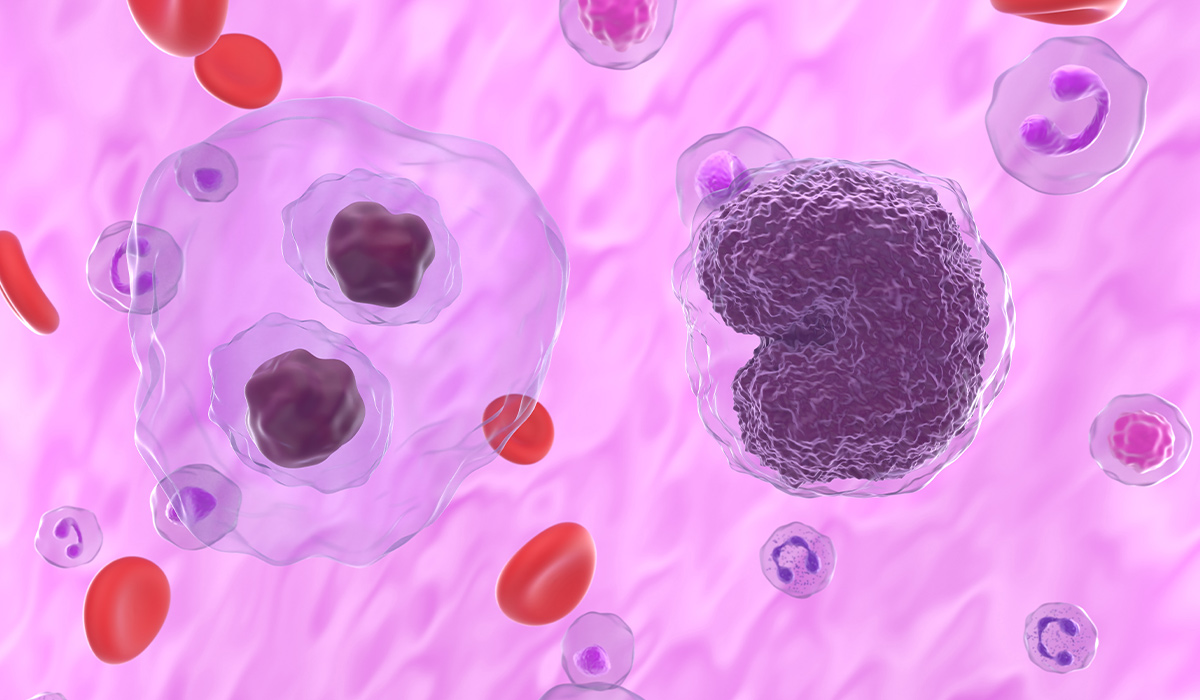
Lymphoma is a cancer of the lymphatic system. It is formed from lymphocytes – white blood cells. What are the… read more »

There are not many spider species harmful to a human. Only a handful have fangs long enough to penetrate human… read more »